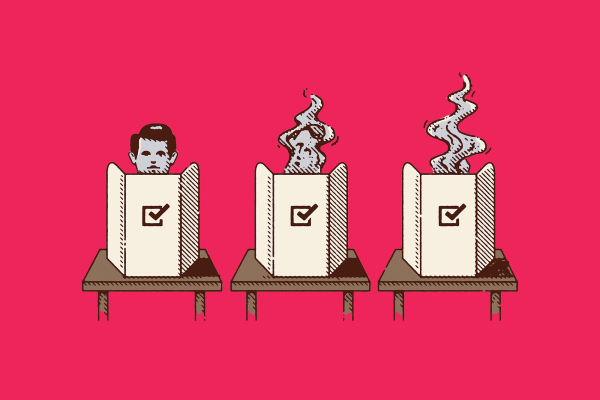ELECTIONS ARE A chance for voters to throw their support behind leaders they think are going to best bring about our hopes and visions for what this country can be. But there are a lot of reasons why eligible Americans may have a hard time casting a ballot that counts. One reason is sloppy purges of the voter rolls.
Purges are a practice—often controversial—of election administrators removing or cancelling voters from registration lists in order to update state registration rolls. We all benefit from clean and accurate voter rolls, which are used by poll workers to identify who is registered to vote. There is no real dispute that people who are not eligible should be removed from the rolls. Too often, however, purge processes are shrouded in secrecy, prone to error, and vulnerable to manipulation.
Part of the reason purges are so controversial is because more voters are being purged than in the past, and there is no satisfying explanation as to why. Between 2006 and 2008, the U.S. purged about 12 million voters. Between 2016 and 2018, however, the U.S. purged about 17 million voters. That’s an increase of more than 33 percent—during a time when total population growth was about 6 percent and the number of registered voters increased by 18 percent.
Another reason purges are controversial are their locations. Battleground states like Ohio and Wisconsin have had recent purge flare-ups. Ohio has a practice whereby voters who miss one election are put on a track for removal from the rolls. While voters can take steps to get themselves off that track, many believe that starting the process after missing only one election is too aggressive.
Read the Full Article

